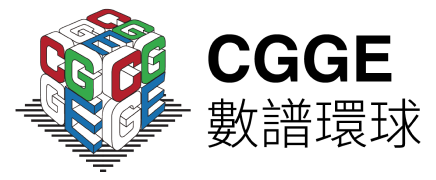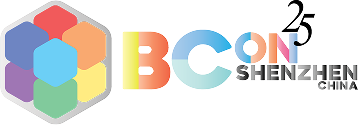Multi-channel marketing strategy ensures ample exposure for exhibitors and sponsors
Through offering exhibition space to stakeholders in the AI and Creative Arts sectors, we will create a dynamic platform that connects exhibitors with a diverse audience, including potential customers, recruits, students, and industry peers, to facilitate networking, recruitment, learning, and business development.
Online Visibility
1. Event Website:
- Design an engaging and informative website that includes essential details about the conference, such as dates, venue, speakers, agenda, registration process, and sponsorship opportunities.
- Feature a visually appealing homepage with a prominent banner showcasing the conference theme and key highlights.
- Include sections for speakers, schedule, registration, sponsorship, and contact information.
- Provide clear navigation and user-friendly functionality for easy access to information.
2. Email Campaign:
- Develop a targeted email campaign to reach out to potential attendees, sponsors, and partners.
- Craft compelling email content that highlights the conference's unique value proposition, benefits, and speakers.
- Include clear and concise information about the conference, registration process, and contact details.
- Personalize emails whenever possible to enhance engagement.
3. Social Media Campaign:
- Utilize various social media platforms (e.g., LinkedIn, X, Facebook) to create buzz and generate interest.
- Regularly share engaging content, including speaker announcements, agenda teasers, testimonials, and industry insights.
- Use relevant hashtags to increase visibility and encourage social media engagement.
- Promote early bird registration, exclusive offers, and important updates.
4. Press Release:
- Develop a compelling press release to distribute to relevant media outlets, industry publications, and online platforms.
- Highlight the conference's unique aspects, notable speakers, and anticipated impact on the AI and creative industries.
- Include key details such as conference dates, venue, theme, and registration information.
- Provide contact information for media inquiries and interview requests.
5. Event Branding:
- Develop a consistent visual identity for the conference, including a logo, color palette, and typography.
- Apply the branding consistently across all promotional materials, ensuring a cohesive and recognizable look.
On-site Visibility
1. Brochure:
- Create a professional and visually appealing brochure that highlights the conference's key features, benefits, and agenda.
-
Include details about the conference theme, objectives, speakers, workshops, and networking opportunities.
-
Showcase testimonials from past attendees or industry experts to build credibility.
-
Clearly present the registration process and contact information for inquiries.
2. Poster:
-
Design an eye-catching poster with captivating visuals, conference details, and key messages.
-
Include the conference title, dates, location, theme, and highlights.
-
Display the logos of prominent sponsors and partners to showcase their support.
-
Incorporate a call-to-action, such as early bird registration or website details for more information.
3. Conference Program:
- Design a comprehensive conference program that includes the schedule, session descriptions, speaker bios, and any additional information attendees may need.
-
Use a visually appealing layout with consistent branding elements.
-
Include an introduction to the conference, an overview of the sessions, and details about keynote speeches and panel discussions.
-
Provide information about workshops, networking events, and any special activities or exhibitions.
-
Allocate space for advertisements from sponsors and partners.
-
Consider adding space for attendees to take notes and jot down important information during the event
4. Advertising:
-
Offer advertising opportunities for sponsors and partners in various formats, such as full-page ads, half-page ads, or banners, in the conference program, on the event website, and through email campaigns.
-
Highlight the benefits of advertising, such as increased brand visibility, exposure to a targeted audience, and the opportunity to connect with industry professionals.
-
Provide different advertising packages with varying placement options and frequency.
- Ensure that the advertising guidelines align with the conference's objectives and target audience.
5. Special Issue of the Animation Global Magazine:
- Collaborate with the Animation Global Magazine to create a special issue dedicated to the conference.
-
Feature articles that explore the intersection of AI and the creative industry, including case studies, expert insights, and research findings.
-
Include interviews with keynote speakers, industry leaders, and conference participants.
-
Provide coverage of the conference highlights, such as keynote speeches, panel discussions, and award ceremonies.
-
Include information about future trends and emerging technologies in the AI and creative industry.
-
Promote the special issue through the conference website, social media channels, and email newsletters to generate interest and increase readership.
When developing these materials, ensure consistency in branding, messaging, and design elements. Align the content with the conference's objectives and target audience, and regularly update and review the materials to reflect any changes or new information.

